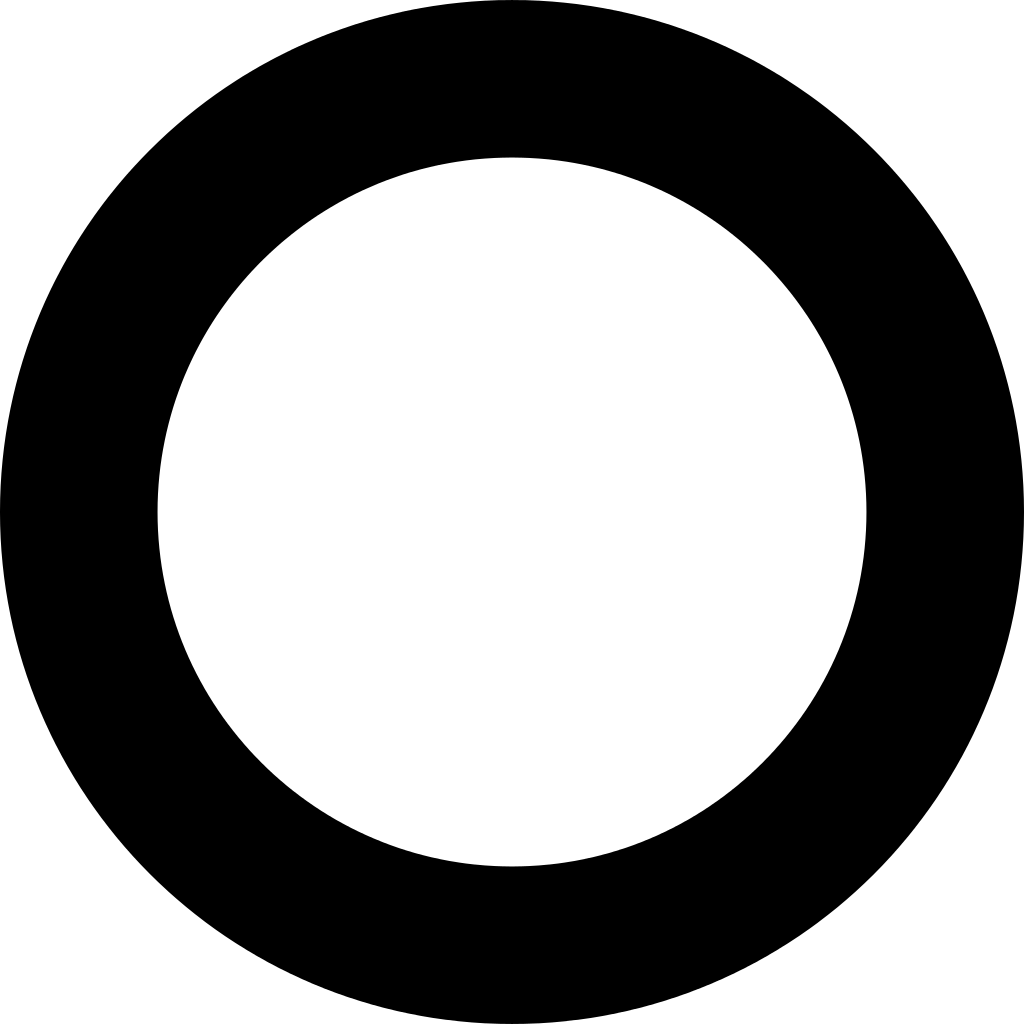Linguistic meanings interpreted
A prominent strand of theorizing in linguistics models meaning in language by specifying an "interpretation function" which relates morphosyntactic objects (i.e., those representations whose properties are uncovered by research in morphology and syntax) to elements of non-linguistic experience. Such theorizing has, for the most part, proceeded in relative isolation from developments in the other cognitive sciences. A recent body of experimental work growing out of this tradition has, however, pressed the question of precisely how linguistic representations relate to other faculties of mind. We present the beginnings of a two-step formal proposal for how to do this, specifying: (i) the co-domain of the linguistic interpretation function as the Language of Thought (LoT); (ii) what this mental language is like, (iii) which expression of this language is the semantic value of a sentence like 'Most of the dots are yellow', and (iv) how that LoT expression is interpreted by other cognitive faculties, in ways that produce the choices of verification procedure that have been empirically observed.
Hunter, T., and A. Wellwood. (2023). Linguistic meanings interpreted. Proceedings of the Annual Meeting of the Cognitive Science Society, 45, pp44-47.
official link (open access)
